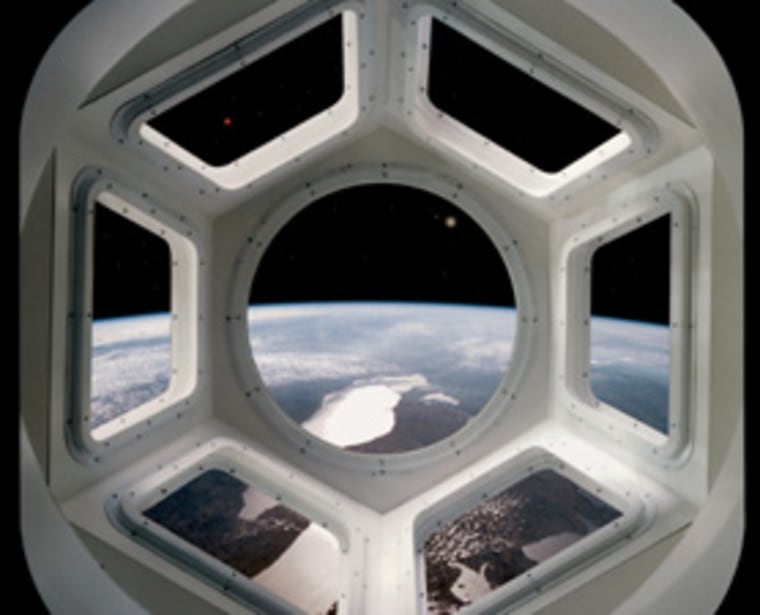After 29 years of space shuttle flights, NASA plans to wrap up the program with five missions to complete construction of the International Space Station and retire the fleet before the end of 2010.
"It's a big growth year ... the last major growth spurt for the International Space Station," said Kirk Shireman, NASA's deputy manager for the station program.
The first shuttle mission of the year, scheduled for launch in February, will be devoted to delivering the last U.S.-owned module to the outpost. The connecting node, named Tranquility, will serve as crew quarters for four of the station astronauts, with two more crew sleeping berths located in the Russian service module.
Shuttle Endeavour also is scheduled to deliver a unique viewing dome called the cupola. The Italian-built pod has seven windows to give station residents a 360-degree view outside so they can oversee spacewalks and robotics operations, look at Earth and star-gaze.
"We'll be able to look in all directions at one time," said station commander Jeff Williams.
In March, NASA plans to launch shuttle Discovery with tons of spare parts that will keep the station operational through at least 2015 and most likely to 2020 and beyond.
None of the other spacecraft that travel to the station can carry as much as the shuttle, which can hold about 50,000 pounds of cargo, so NASA is trying to stockpile as much as possible.
"We're going to finish strong with the shuttle and make sure we leave station in the best possible posture," said Bill Gerstenmaier, NASA's associate administrator for space operations.
In May, shuttle Atlantis will make its final flight, carrying a Russian-made docking port and research module. Endeavour's swan song in July will be devoted to delivering a pallet of spare parts and a particle physics experiment known as the Alpha Magnetic Spectrometer, or AMS.
The device, which is to be mounted to the outside of the station, is designed to look for evidence of dark matter, antimatter and other exotic phenomena.
